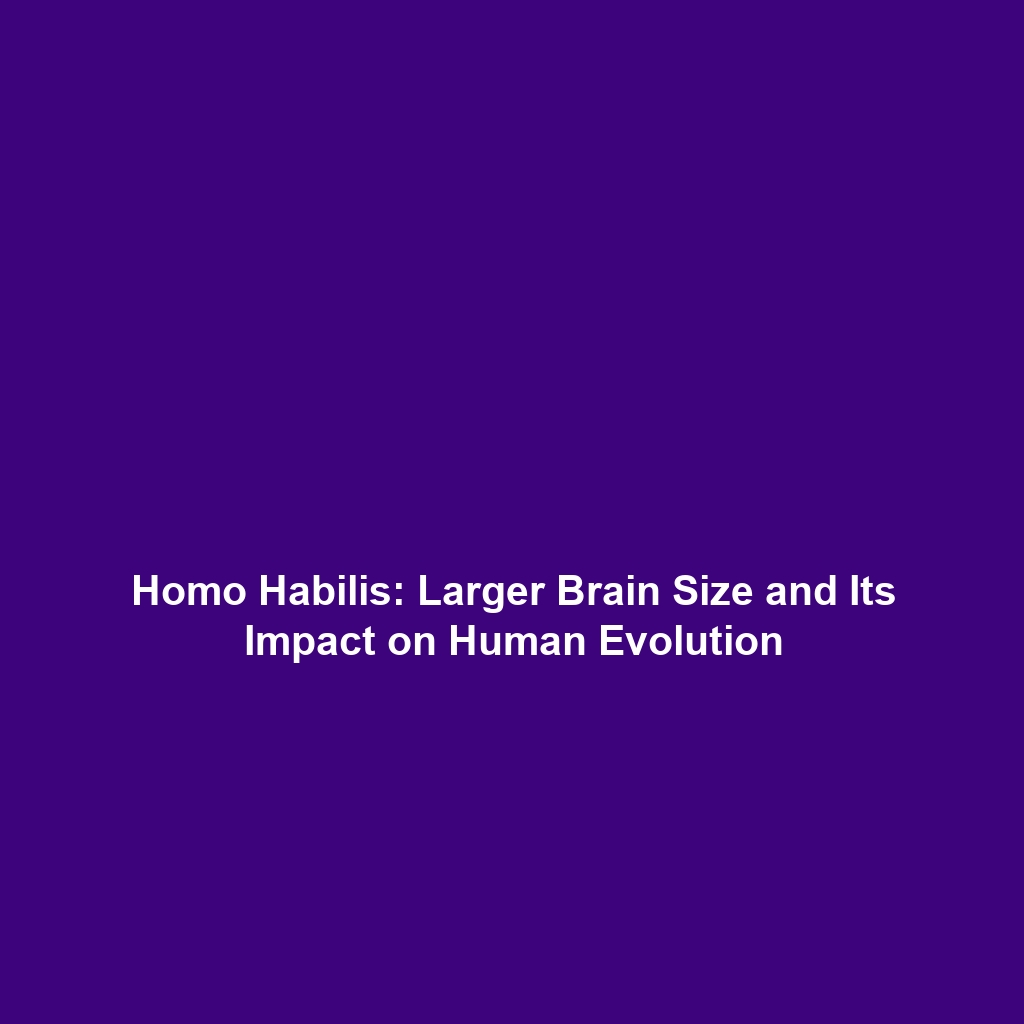<>
Origins: Primates First Appeared During the Paleocene Epoch (~60 Million Years Ago)
Introduction
Approximately 60 million years ago, primates emerged during the Paleocene epoch, marking a pivotal moment in the narrative of human evolution. This period is significant as it laid the groundwork for the evolutionary trajectory leading to modern humans. Understanding the origins of primates provides insight into the adaptations, physiological changes, and environmental interactions that would shape our ancestors. The study of this epoch offers compelling evidence regarding the early development of characteristics essential for survival in primates, which directly correlates with key aspects of human evolution.
Key Concepts
The Emergence of Primates
The Paleocene epoch, which lasted from around 66 to 56 million years ago, witnessed the emergence of the first true primates. These initial primates belonged to two main groups: plesiadapiforms and later, euprimates. The evolutionary traits that distinguish these early primates included:
- Enhanced sensory capabilities, particularly vision.
- Adaptations for arboreal living, such as flexible limbs.
- Social behaviors that set the stage for complex social structures.
Connection to Human Evolution
The emergence of primates during the Paleocene is critical to understanding human evolution. The adaptive traits developed by these primates—such as social interaction, problem-solving abilities, and dietary versatility—have profound implications for the trajectory of subsequent primate evolution, which eventually led to hominids, including humans.
Applications and Real-World Uses
Understanding the origins of primates has significant applications within human evolution. Key areas include:
- Primatology: Insights from primate behavior inform conservation strategies and animal welfare initiatives.
- Evolutionary Biology: The study of primate evolution aids in understanding human health, genetics, and behavior.
- Paleontology: Discoveries from the Paleocene help refine our understanding of evolutionary timelines and environmental changes.
Current Challenges
Despite significant advancements, challenges persist in studying the origins of primates. These include:
- Challenges of Fossilization: The fossil record from the Paleocene is sparse, limiting our understanding.
- Issues in Interpretation: Determining the exact evolutionary lineage and classification of early primates is complex.
- Technological Limitations: Current methods may not adequately analyze ancient DNA or trace species evolution.
Future Research and Innovations
Looking forward, ongoing research focuses on breakthroughs that could reshape our understanding of primate origins. Innovations in genetic sequencing and paleoenvironmental reconstruction are paving the way for:
- Enhanced genetic analysis for reconstructing evolutionary relationships.
- New technologies that visualize ancient ecosystems, providing context for evolutionary changes.
- Collaborative studies that integrate multiple disciplines, refining our understanding of human evolution.
Conclusion
The origins of primates during the Paleocene epoch represent a critical chapter in the story of human evolution. By examining this period, we not only gather insights into our lineage but also emphasize the importance of conservation and biodiversity. For further reading on evolutionary biology and the impact of primate research, visit our additional resources on evolutionary theories and primatology research.

